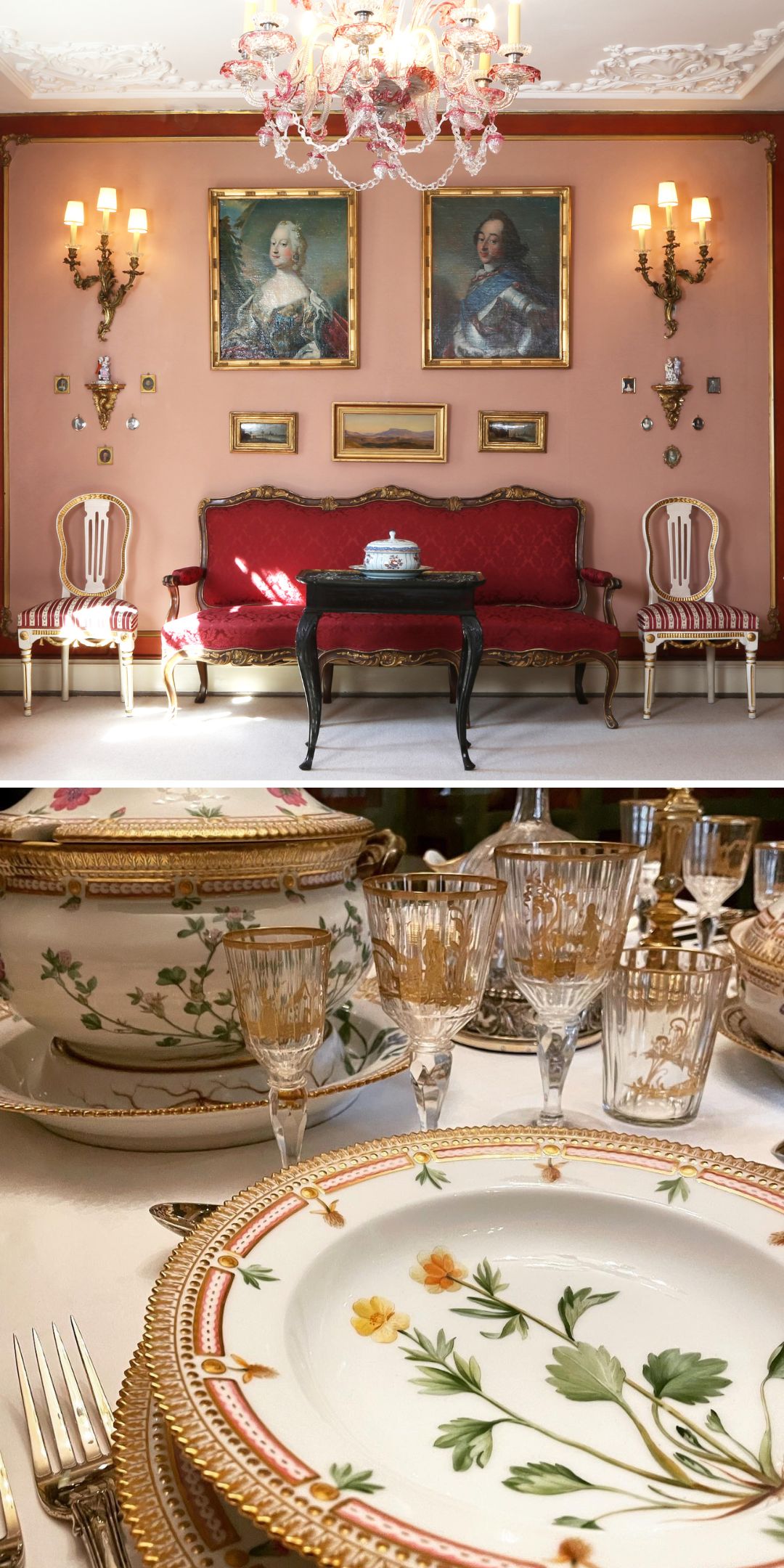ERNST
In ERNST, you will be transported to a different time. ERNST encompasses the authentic manufacturer’s apartment, an exhibition about the silverware factory J. Ernst’s Silverware Factory (1890-1955), and the charming Italian garden of the manufacturer. Together they weave the threads of life as a manufacturer and the upper middle class in the provincial town of Assens in the 20th century.
In ERNST, you will also find the museum’s cozy café CAFÉ ERNST.
The Ernst family built their wealth on the basis of silverware production. The J. Ernst’s Silverware Factory was founded in 1890 by Johan Ernst (1867-1924), and the factory reached its heyday in the 1920s when it became fully mechanized. The factory and shop employed over 40 people at that time. The factory mainly produced silver cutlery, but they also sold hollowware and jewellery from the factory’s shop at the same address. The factory’s products were distributed throughout Denmark and Sweden.
After the factory’s final closure in 1955, the premises underwent a transformation over the years. The old factory spaces became adorned rooms that came to house the son’s, manufacturer Frederik Ernst’s (1892-1976), growing antique collection.
For Frederik Ernst, the artistic spirit and the great interest in history and antiques were clearly the essence of his existence. The fortune from the silverware factory era was used to acquire antiques from around the world. The antique collection is rich and includes porcelain, furniture art, silver, and paintings. The porcelain collection includes more than 30 dining sets, several of which are on set tables. An impressive table setting with Flora Danica adorns the dining room of the apartment. As a guest, you gain access to the richly decorated and colourful rooms and halls, where the various antiques are presented as the manufacturer himself arranged them.
Frederik Ernst never started a family. He navigated a life where engagement in local cultural affairs was highly prioritized while also socializing broadly, including in circles within the Copenhagen cultural milieu. Frederik Ernst lived, in many ways, a double life, partly as a strong voice in the local, at least superficially more conservative environment, and partly as a homosexual in a more open-minded network of like-minded individuals.
He was a cosmopolitan and was greatly inspired by the people and things he encountered on his travels abroad. His fondness for the Italian can’t be denied and is particularly evident in the design of the garden, Frederik Ernst’s Garden. The garden is at the heart of ERNST and is a symmetrical garden layout with a basin in its centre.
The “Museum Vestfyn” App
You can add an extra layer to your experience by downloading our free “Museum Vestfyn” app. Here, you can listen to stories and facts as you walk through the exhibitions. You can also hear the manufacturer himself speak. The app is available in App Store and Google Play.
Visit ERNST
Here is the schedule for visiting ERNST.
You can also book a guided tour of ERNST at a time that suits you. Does that sound interesting? Contact booking@museumvestfyn.dk for options and prices.



